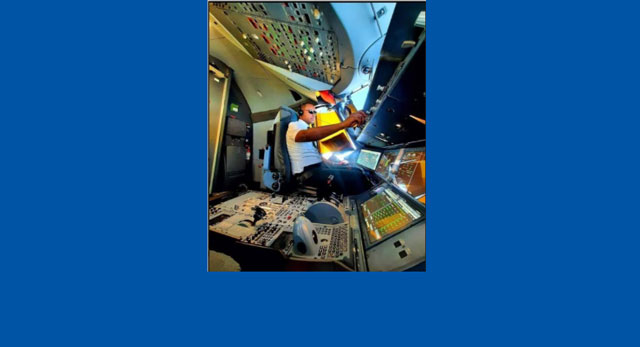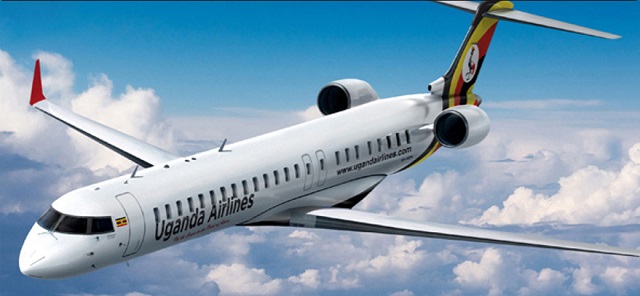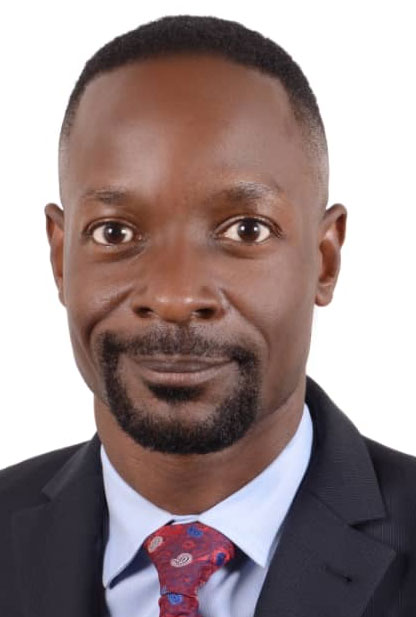
AVIATION DIGEST | JARED KALERA | In the middle of 2019, Uganda Airlines bought four Bombardier and two A330-800 Neo from Airbus . What is noteworthy is that these were outright purchases .
A debate from different groups has been as to whether it was a wise decision to buy or just lease the same . Proponents of each business model will have their arguments well set out.
First,there are guiding factors such as purpose of the craft . Is it a private jet,training jet,Bush plane,tourism or passenger plane? Is your intention long or short haul point to point Structure? Mainstream or budget airline. What is the source of funds? Is it a bank,savings or the state?
First we need to know what is entailed in leasing and buying .
Leasing is when an airline is desirous of starting up or expanding it’s fleet but doesn’t want to buy or spend on aircraft purchase. They contact a leasing company or another airline with crafts so they can lease from them. 51% of crafts worldwide are leased.
The advantages of owning an aircraft are immense. For starters ownership grants the company a good asset portfolio. The more the crafts the bigger the assets which can easily be either used by the company to access credit lines or to even lease them out .
Secondly the company is free from third party controls which allows decision making at convenience. The company is free from beurocracies and constant meddling.
The equity in the craft is in the hands of the owner. He has the sole authority to decide whether to charter or lease the craft without referring to tagging agreements.
However purchasing requires large capital as compared to leasing. The cost of purchasing one plane could land one a number of planes under a leasing arrangement.

Aircraft ownership as opposed to leasing is always preferred by privately held companies and individuals of high net worth while leasing is normally employed by large companies to gain the benefits of business aircraft without showing off assets on the financial statement.
Public or government companies try to avoid extravagance hence the balancing between leasing and purchase( by aircraft financing lines especially through aircraft financing companies as opposed to banks) and the heavy tax burdens that may go with ownership save for government owned crafts.
Aircraft leases are three types: wet,dry and damp leases.
Wet leases; these are where the leasing company provides nearly every thing from craft,cabin crew, pilots,engineers and insurance. The lessee though dictates the livery. These leases are short term and come in handy when there is a sudden boom in the market or an envisaged event that will cause a boom in the market but for a short time.
For example if there is a world cup tournament or an international event in a country , an airline will have to acquire more crafts for that period to manage the demand. Since crafts take years before delivery from a manufacturer, the wet lease comes in handy.
Dry leases; Occur when only a craft is given. For example when the Boeing 737 Max was grounded worldwide , it fundamentally affected the services and operations of airlines especially those that wholly depended on this plane because of it’s low fuel consumption and flexibility.
Southwest Airlines,China South , American Airlines,Air Canada, Lion Air between themselves owned about 700 ( seven hundred)737 max planes. These were all grounded following the crash of Lion Air flight JT 610 and Ethiopian flight 302.
These airlines operations were disrupted but they had in the short run to troubleshoot and reduce on the number of cancelled flights. They had pilots,cabin crew, mechanics but no planes. The best option was to go for dry leases.
Dry leases are good for huge companies like Emirates, Ethiopian to mention but a few because they posses large crew facilities and are able to maintain their standards and crew culture.
Damp leases;
These are a mixture of wet and dry. For example the airline will get a craft , insurance and mechanics from the leasing company but provide its own pilots and cabin crew.
Again this model depends on the modus operandi the parties deem fit .
Proponents of leasing will also on the other hand say that lots of start up capital is saved if one went for a lease. According to Economic Times,the cost of an Airbus A330Neo is approximately 296.4 Million USD depending on the configurations you propose while a Boeing 777F ( Freighter) will cost you 353.3 Million USD which costs are prohibitive for a start up or an airline wishing to expand in a short run. Purchase of aircraft is a multimillion dollar venture and the procedures intricate. The purchase of aircraft to start up an airline can fundamentally tie down useful operating capital. Hence the alternative of leasing for which less funds are sacrificed .
- The leasing company can start up or begin operations within a short time (without waiting for years for a manufacturer to deliver crafts)flexible terms helping it to suit the target market. The flexibility also comes as one decides between operating lease and capital lease. For capital lease,one leases as if getting a loan. The equipment is valued as an asset on the lesse’s balance sheet. Later the craft becomes the property of the airline company.
As for the operating lease ,the leasing company retains ownership and the airline will have the craft as a monthly operating expense.
- The airline with leasing avoids certain risks of insurance, personnel management, wear and tear,the headache of maintaing crafts.
Purchase of tools,spares and managing international craft standards will be left to the lessor.
- Up to date equipment which are more fuel efficient and customer demanded ,will always be available . Depending on the terms of the lease, a leasing company will always be required to take back it’s craft after the expiry of an agreed tenure being obligated to deliver a newer version depending on which new business concept a company has without extra costs to hire and train personnel and crew.The airline leaves the burden of disposing off old crafts to the leasing company.
- Finally the airline is able to play within fairly fixed rates and anticipated expenses. With premium rates being known ,other collateral expenses like remunerations, maintenance, insurance, training and certifications are left to the lessor. It is easier to make forecasts which helps planning.
Therefore outright purchase or lease depends alot on the business model an airline wants to take , competition and cost of financing. It remains to be seen how uganda Airlines presents itself in this volatile post Covid environment.
*******
 Jared is an aviation researcher and trained motor rally safety official. He is the General Manager Legal Compliance and Human Resource, Muttico Technical Services Ltd and co director at Amputee Self Help Network Uganda.
Jared is an aviation researcher and trained motor rally safety official. He is the General Manager Legal Compliance and Human Resource, Muttico Technical Services Ltd and co director at Amputee Self Help Network Uganda.
The post AVIATION DIGEST: To lease or to buy an aircraft? appeared first on The Independent Uganda:.
from The Independent Uganda: https://ift.tt/zJ3sd5a
0 Comments